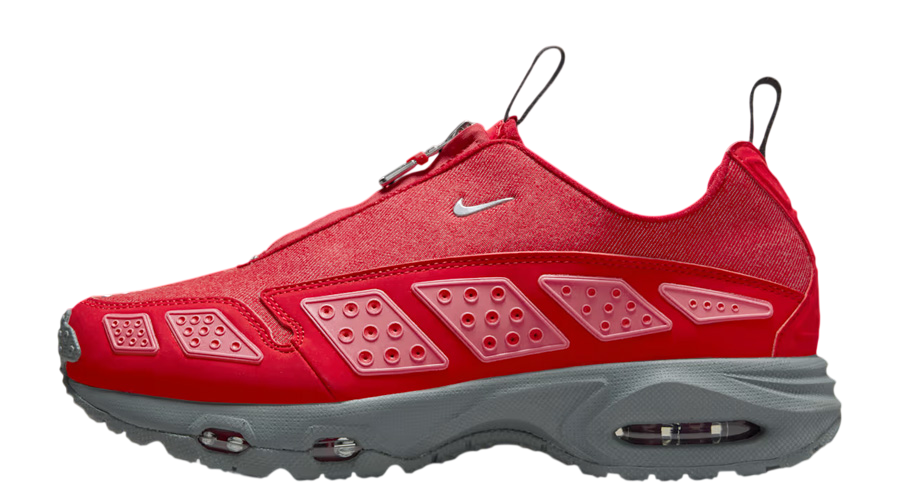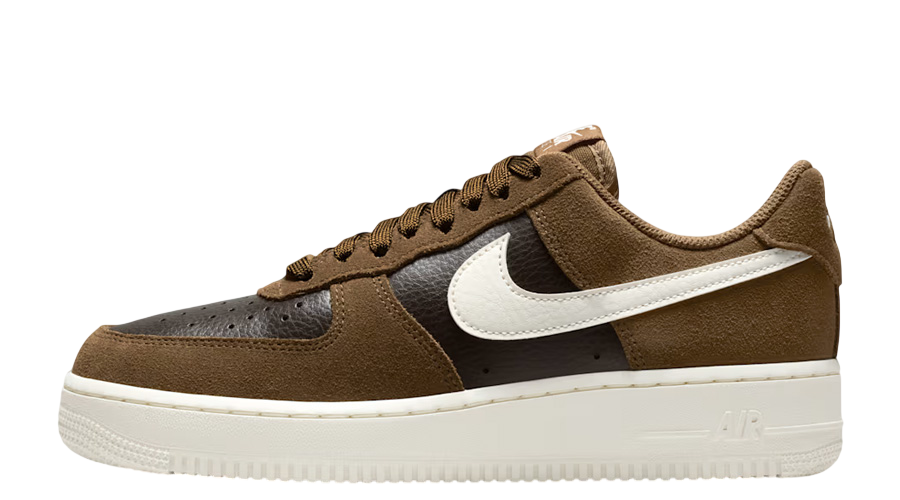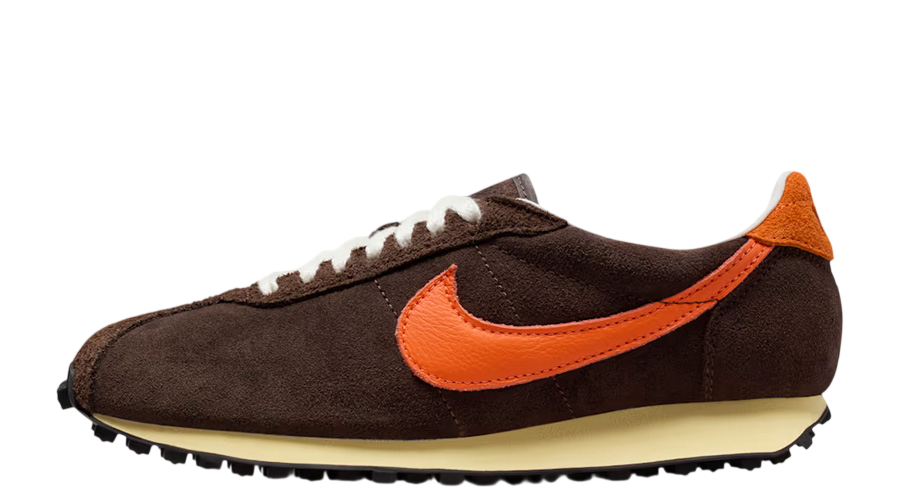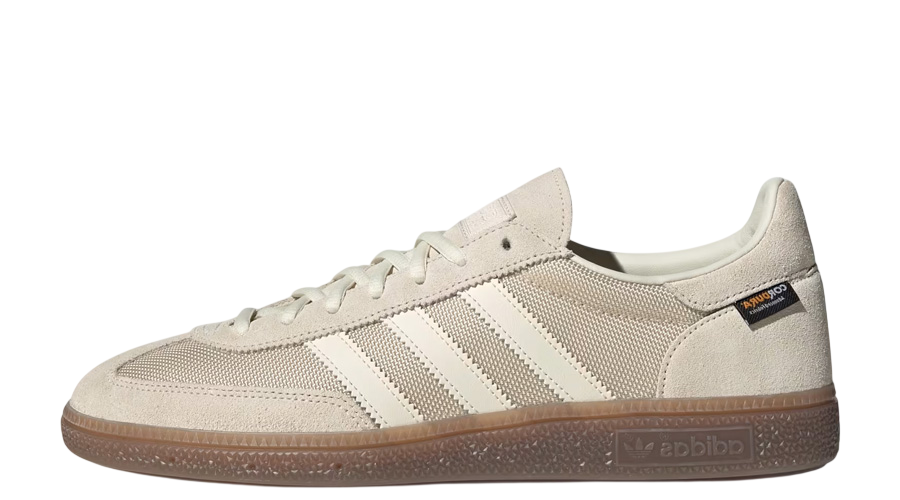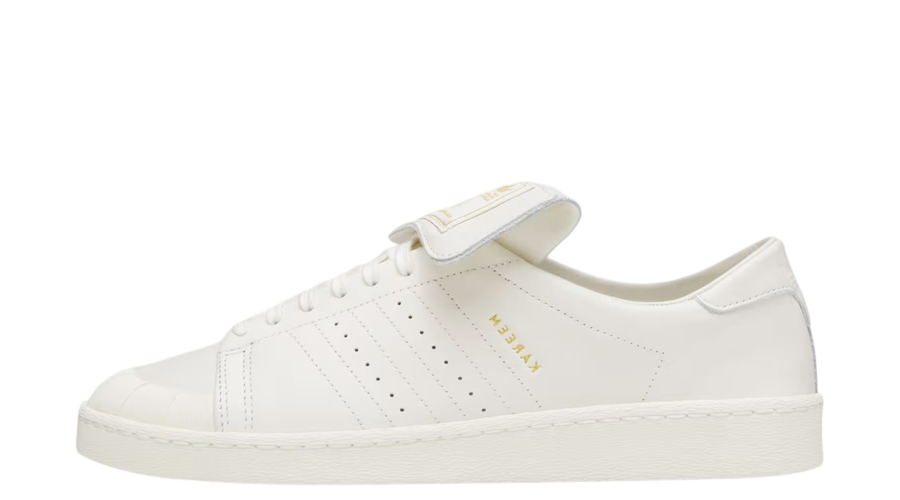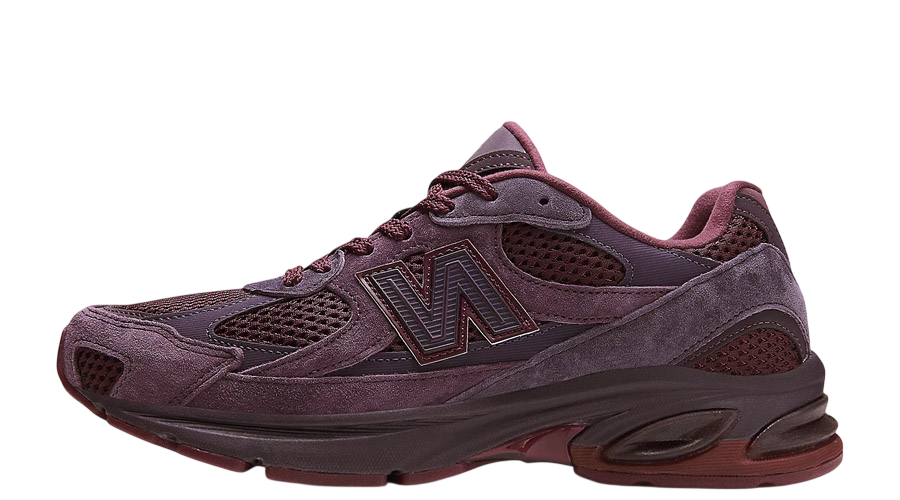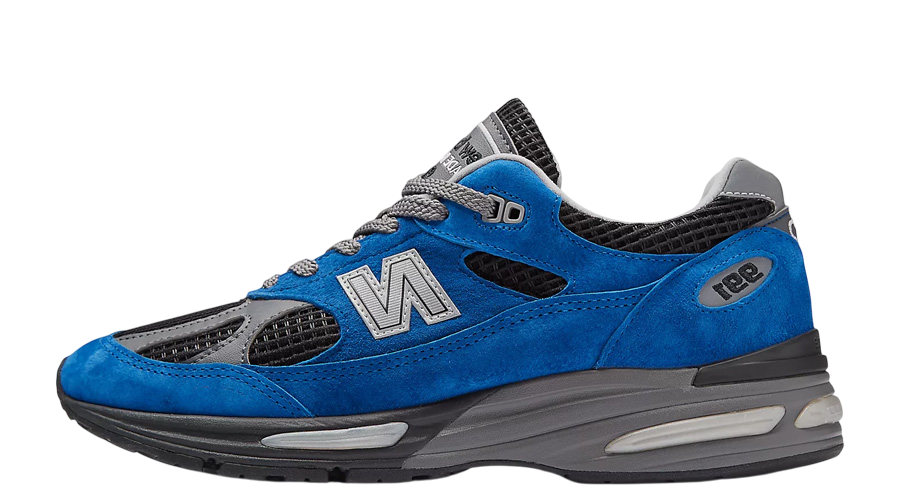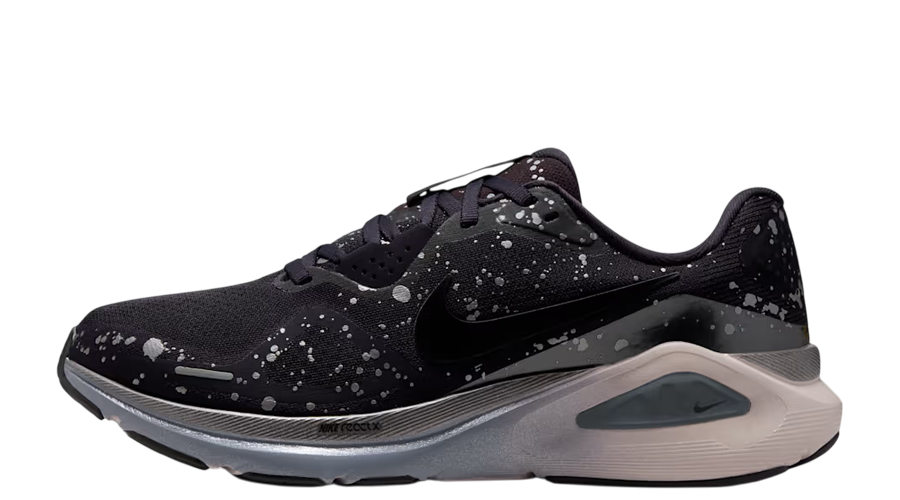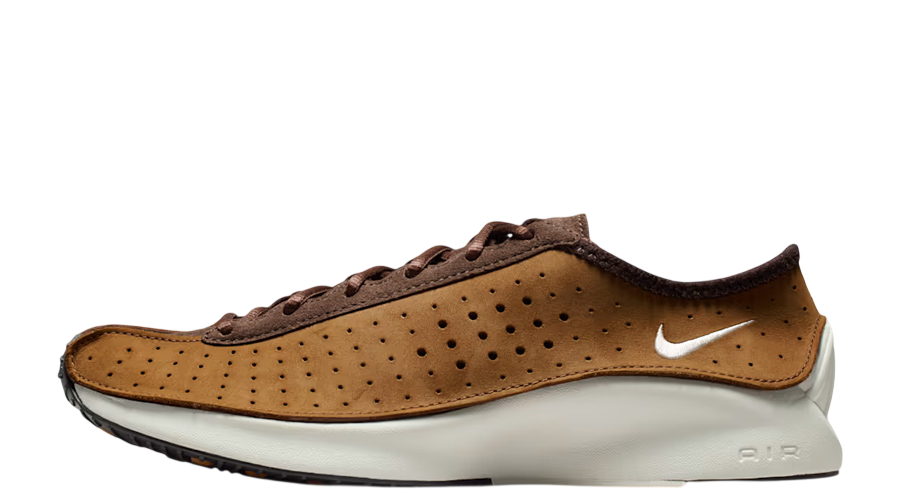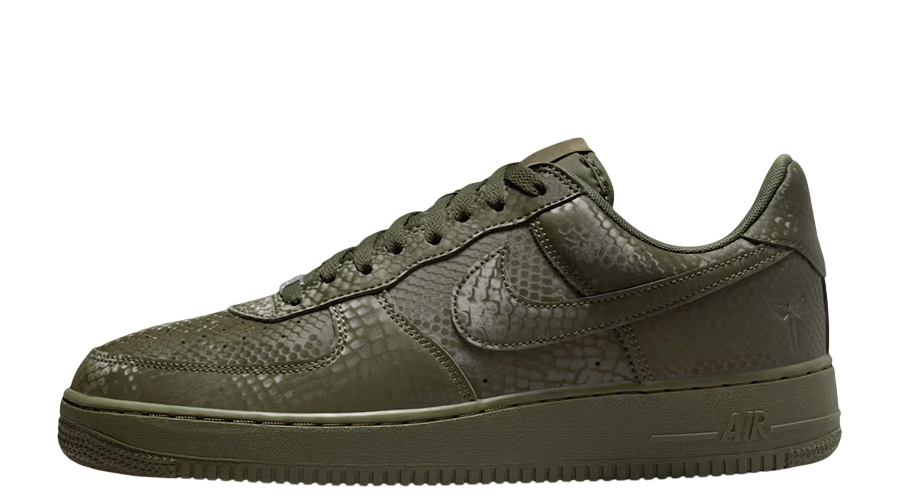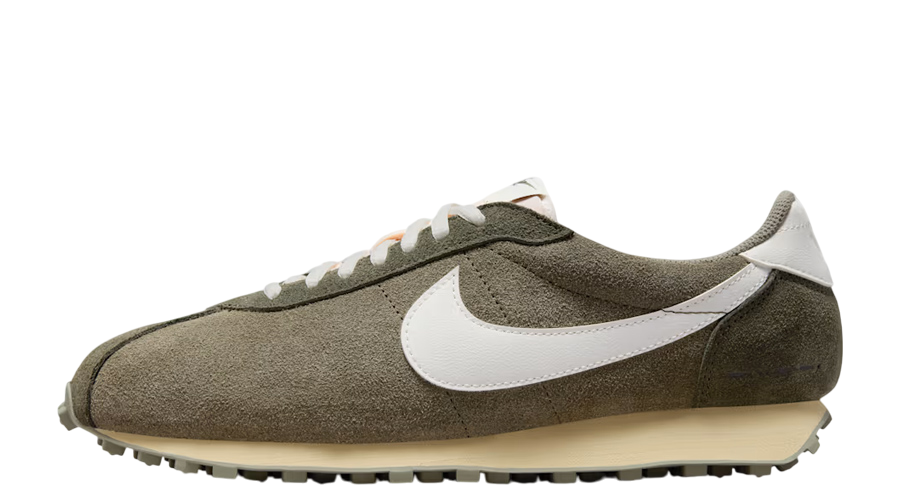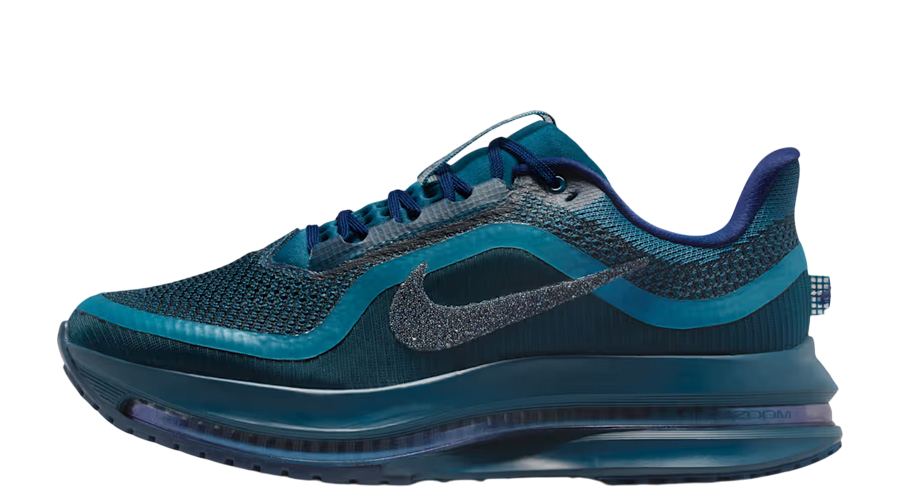How Does the Air Jordan 1 Fit? Sizing Guide & In-Depth Review
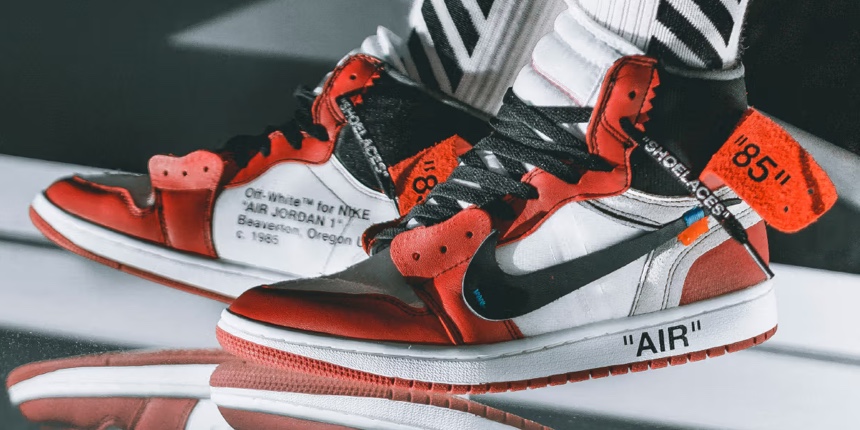
When it comes to sneakers, few names hold as much weight as the Air Jordan 1. From its iconic design to its cultural significance, the AJ1 is a must-have. Over the years, this legendary silhouette has consistently impressed with its stunning colourways and high-quality craftsmanship, making it a favourite not just for its name but for its outstanding features.
The Air Jordan‘s reputation as a premium shoe is built on more than just the Jordan name. It’s the exceptional quality, performance, and innovative design that truly set these trainers apart, cementing their status as a grail among the sneaker world. However, finding the perfect size can be a bit of a challenge. So, in this comprehensive guide by Captain Creps, we’ll be clarifying its fit, ensuring you find the ideal sizing whether you’re looking at Highs, Mids, or Lows. We’ll also be exploring other topics like common issues, maintenance, and so much more. So, let’s dive right in!
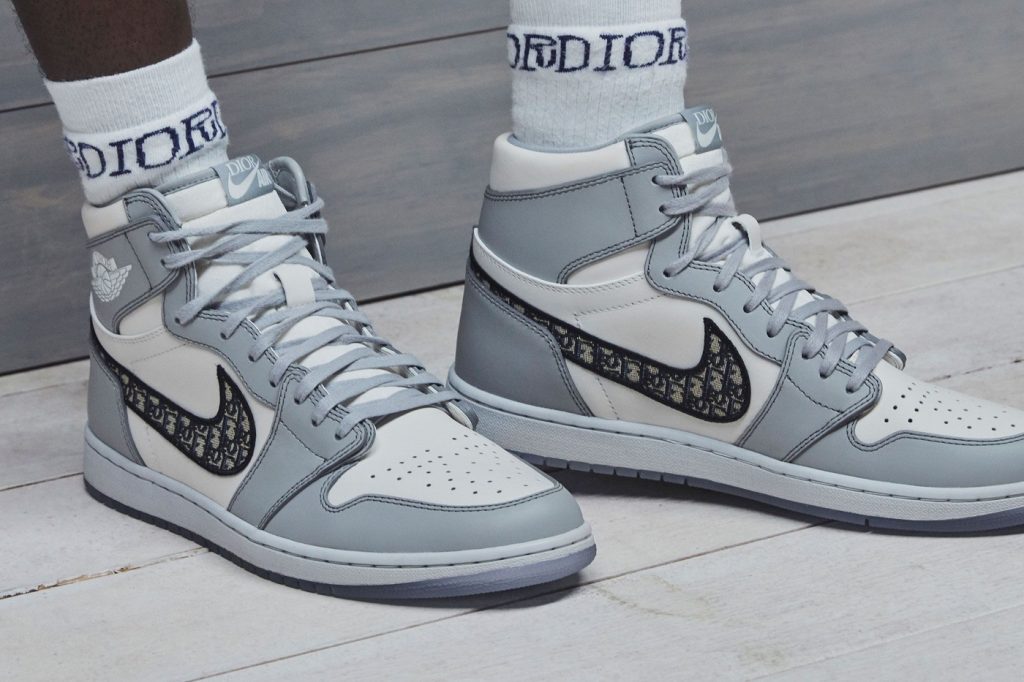
How Does the Air Jordan 1 Fit?
When it comes to choosing the perfect Air Jordan 1, understanding how each variation fits is crucial. The Air Jordan 1 comes in three main styles: Highs, Mids, and Lows. Each style has its own unique design and fit characteristics. Here’s a detailed look at how each one fits to help you make an informed choice.
How Does the Air Jordan 1 High Fit?
The High has remained popular since its debut in 1985, known for their iconic silhouette and robust structure. The Air Jordan 1 High is the shoe Michael Jordan played in, making it the most sought-after and hyped version. Designed to provide excellent ankle support, these sneakers feature a high collar that wraps snugly around your ankle. The fit is generally true to size, offering a comfortable balance between snugness and flexibility.
How Does the Air Jordan 1 Mid Fit?
The Mid, on the other hand, offers a fit that strikes a balance between the Highs and the Lows. With a mid-cut collar, this model provides decent ankle support while allowing for more flexibility compared to the Highs. Mids are often available at a cheaper price and feature more unique colourways, making them a popular choice for those who want variety without sacrificing style. The fit is generally true to size, but like the Highs, those with wider feet might consider going half a size up.
How Does the Air Jordan 1 Low Fit?
The Low is a favourite among those who appreciate the classic Jordan design in a more relaxed, low-top form. They’re the cheapest of all the AJ1 styles and also come in unique colourways, making them a great option for casual wear. They are the most flexible of the three variations, providing a comfortable fit that is true to size. The low-cut design allows for maximum ankle mobility, making these sneakers perfect for everyday wear.
What Does GS Mean in Air Jordan Sizes?
In the world of shoes, GS stands for “Grade School,” and its popularity has soared among enthusiasts over the years, especially for collectors and those with smaller feet. This designation is used for sneakers designed for children and teenagers, typically ranging from 3.5Y to 7Y. These sizes accommodate growing feet with designs that mirror adult versions but in a more compact form.
Grade School sizes are not just smaller; they also consider the proportions of younger feet, ensuring a better fit for children. While the materials and construction are generally similar to adult versions, some GS models might have slight variations to enhance durability for active kids.
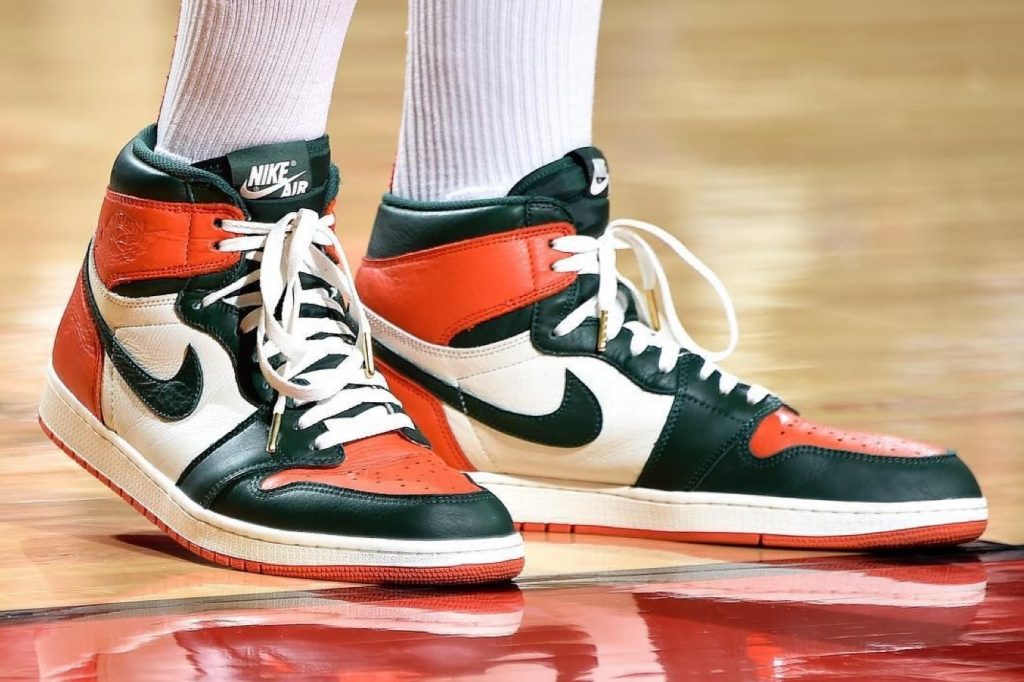
What are Common Sizing Issues With the Air Jordan 1?
Even with the best size and fit guide, some common issues can arise with Air Jordan 1s. Here are some practical solutions to help you resolve these problems and enjoy your sneakers comfortably.
Tightness
One common issue with new Air Jordan 1s is tightness, especially around the toebox. This can be particularly uncomfortable for those with wider feet. To remedy this issue, wear your trainers around the house with thick socks to help stretch the material. Alternatively, you can use a shoe stretcher to gradually expand the toebox. Another trick is to stuff the shoes with newspaper or socks overnight to gently stretch them. If your Jordans still feel too tight, consider removing the insoles to provide a bit more room.
Pressure
Pressure in the toebox area can make wearing your Jordans uncomfortable, especially during extended periods. To remedy this issue, adjust the way you lace your shoes to relieve pressure on the toes. Skipping the bottom eyelets or using a looser lacing pattern can help distribute pressure more evenly across the foot. Additionally, consider using custom or high-quality insoles to provide additional support and cushioning. Insoles can also help fill any extra space in the shoe, making the fit more snug and comfortable.
Slippage
Finally, heel slippage can occur if the shoes are slightly too big or not properly laced, leading to discomfort and a lack of stability. To remedy this issue, try using heel grips or padded insoles to reduce slippage and provide a snugger fit. Ensuring your laces are tightened properly, especially using the last eyelets, can also help secure your heel in place. Choosing the right socks can also help. Opt for moisture-wicking socks that provide a bit of cushioning. Avoid overly thick socks if your shoes already feel snug, and consider thinner socks if you need a little extra room.
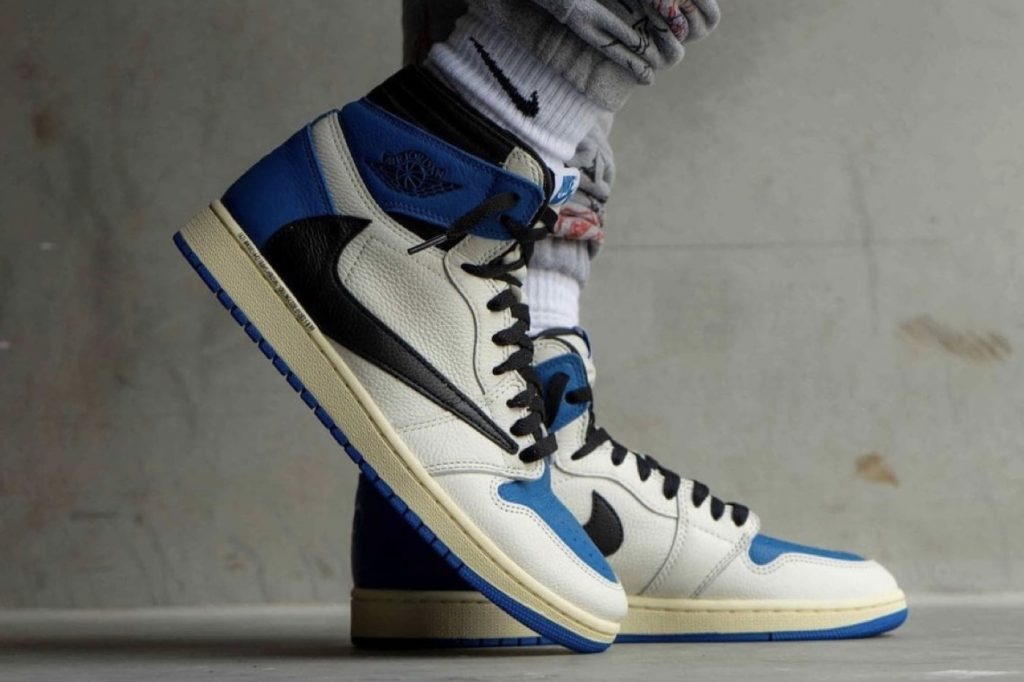
How Do You Clean the Air Jordan 1?
Keeping your Air Jordan 1s clean is essential for maintaining their look and extending their lifespan. Here’s a quick guide to help you keep your kicks fresh, regardless of the material.
Gather Your Cleaning Supplies
You’ll need a soft-bristle brush, mild detergent, water, microfibre cloth, sneaker cleaner, and a patent leather cleaner if needed. These items will help you tackle different aspects of the cleaning process.
Pre-Cleaning Preparation
Remove the laces and insoles. Wash the laces separately and clean the insoles to ensure the entire shoe stays fresh.
Dry Cleaning the Sneakers
Start by using a soft-bristle brush to remove loose dirt and debris. This step prevents dirt from embedding deeper into the material.
Spot Cleaning Stains
Mix mild detergent with water and gently scrub any specific stains. Focus on common areas like the toe box and sides.
Cleaning Different Materials
- Leather: Use a damp cloth with mild detergent to wipe down the surface. Avoid soaking the leather.
- Suede: Use a suede brush to gently remove dirt. For tougher stains, use a suede eraser.
- Nubuck: Similar to suede, use a nubuck brush or eraser to clean.
- Canvas: Use a mixture of mild detergent and water, scrubbing gently with a brush.
- Patent Leather: Wipe with a damp cloth and mild soap. Use a patent leather cleaner for a shiny finish.
Cleaning the Midsoles and Outsoles
Scrub the midsoles and outsoles with a brush and mild detergent. This will restore the original look of the rubber.
Drying the Sneakers
Air dry your Air Jordan 1s in a well-ventilated area. Avoid direct heat sources that can damage the material.
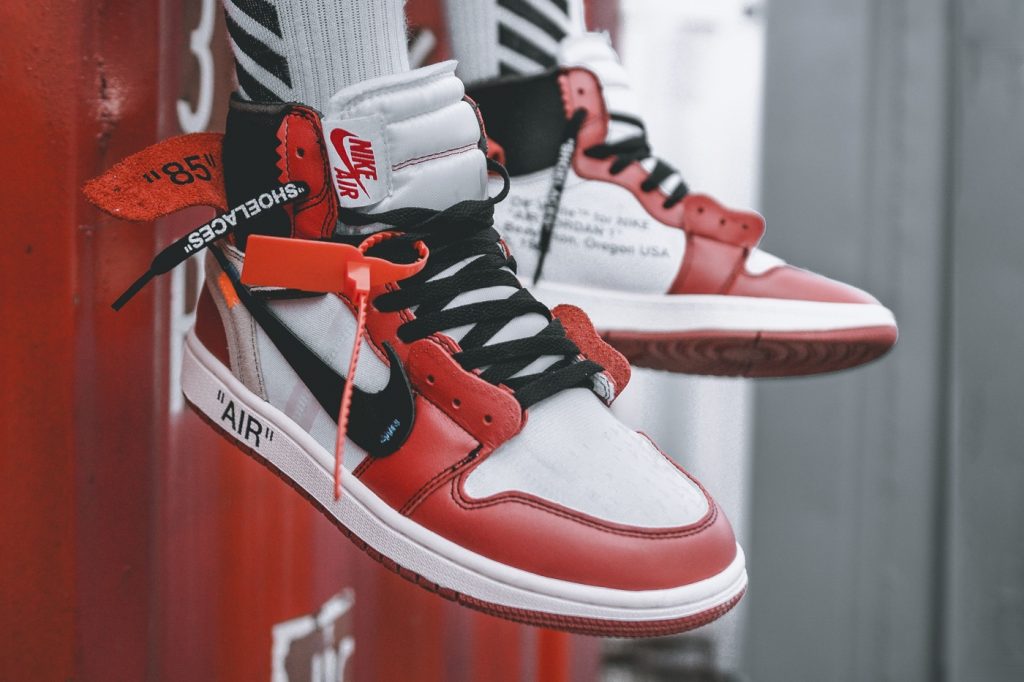
The Bottom Line
The main difference between the Air Jordan 1 High, Mid, and Low lies in the collar height, which affects ankle support and flexibility. The former offers the most ankle support with a high collar, while the latter offers maximum ankle mobility with a low-cut design.
All of these generally run true to size, so you don’t have to worry about sizing discrepancies. However, if you prefer a roomier fit or have wider feet, sizing up can provide added comfort. Ultimately, the choice boils down to your personal preference and what you need in terms of support, flexibility, and style.
Whether you opt for the structured support of the Highs, the balanced versatility of the Mids, or the casual flexibility of the Lows, there’s a perfect Air Jordan 1 for everyone. Buy Air Jordans here: Nike
Frequently Asked Questions
Does the Air Jordan 1 run true to size?
Yes, the Air Jordan 1 generally runs true to size. However, if you have wider feet or prefer a roomier fit, consider going half a size up.
How can I tell if my Air Jordan 1 is authentic?
Authentic Air Jordan 1s will have high-quality stitching, a sturdy build, and consistent branding details. Checking the SKU number on the box and the shoe is also a good way to verify authenticity.
Can I wear my Air Jordan 1 in the rain?
While you can wear Air Jordan 1s in light rain, it’s best to avoid heavy rain to prevent damage to the materials. Using a water-resistant spray can provide additional protection.
Is the Air Jordan 1 comfortable for all-day wear?
Air Jordan 1s offer decent comfort for casual wear. However, they may require a break-in period, especially if made from stiffer materials.
